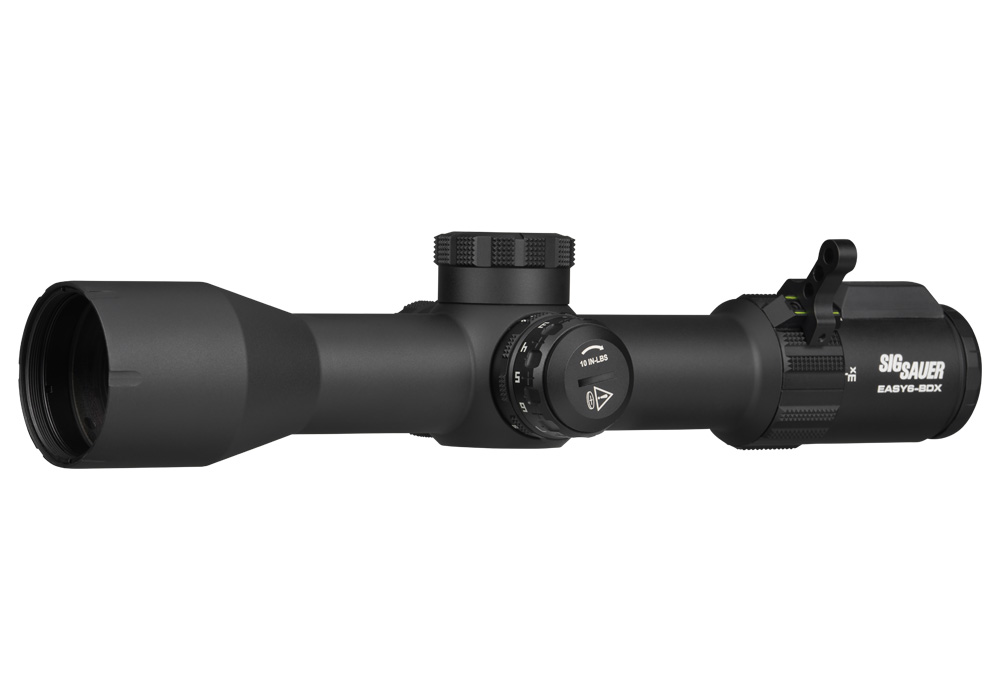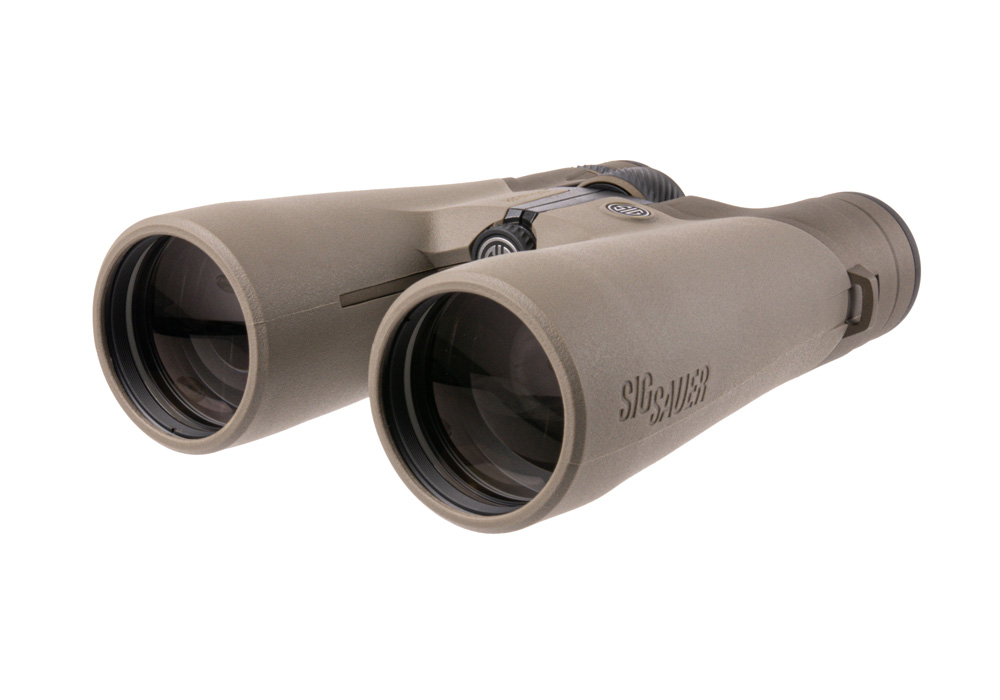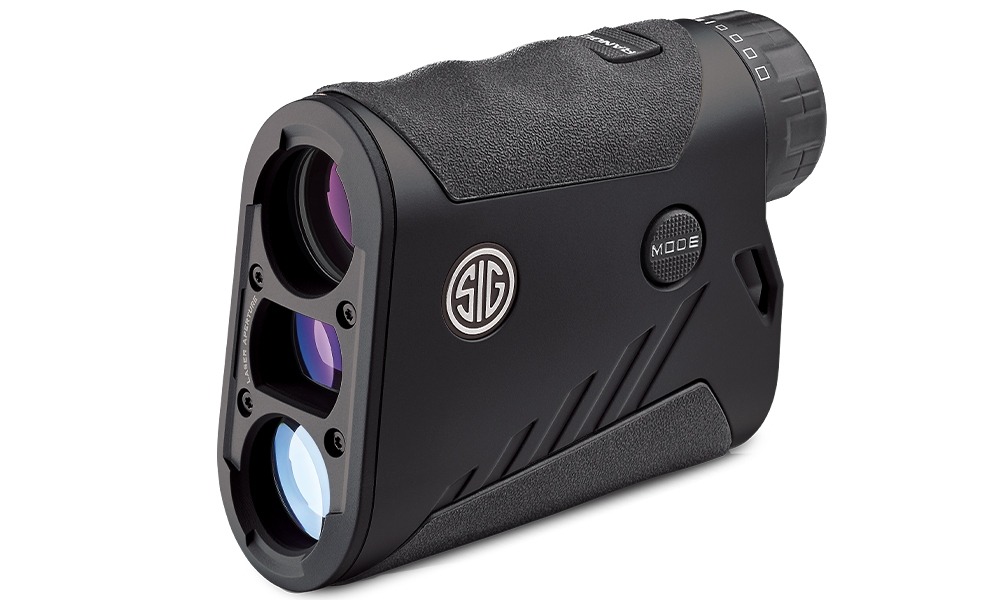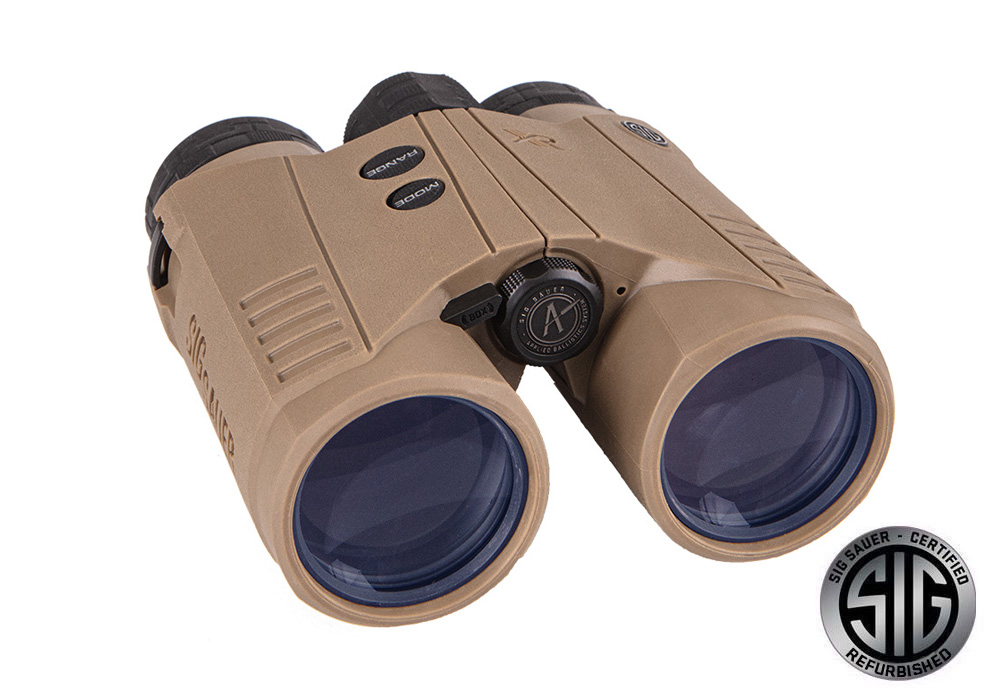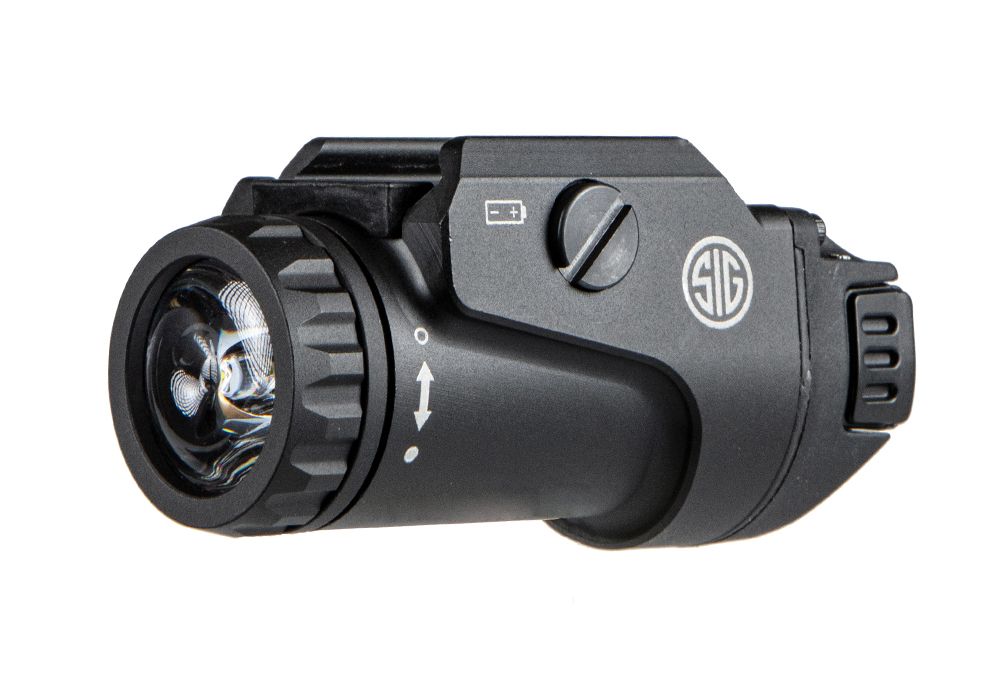Objective Lenses
Objective lenses are the heart of any optical instrument, whether you’re peering through a microscope at the intricate details of a specimen or scanning the night sky with a telescope. These lenses are positioned closest to the object under observation and play a vital role in determining the clarity, brightness, and level of detail you see. The design and engineering behind objective lenses focus on gathering as much light as possible from the subject, forming a sharp, magnified real image that can then be further enlarged by the eyepiece. This is why the numbers etched on the side of an objective lens matter: the first number indicates the magnification power, while the second, the numerical aperture (NA), reflects the lens’s ability to gather light and resolve fine details. For those who spend hours at the bench or in the field, the difference between a standard achromatic objective and a more advanced apochromatic design is immediately apparent in the vividness and accuracy of the image. Apochromatic objectives, for example, are engineered to correct for both chromatic and spherical aberrations, delivering images with true-to-life color and razor-sharp focus, even at higher magnifications.
When selecting an objective lens, several factors come into play, each tailored to the user’s specific application and environment. For the laboratory professional or hobbyist biologist, low-power objectives (typically 4x or 10x) are ideal for scanning slides and locating areas of interest, while high-power objectives (40x and above) are essential for studying cellular structures in fine detail. Oil immersion objectives, often marked as 100x, are favored for their ability to achieve maximum resolution, particularly when observing minute details that demand the highest clarity. These specialized lenses require a drop of immersion oil between the lens and the slide, a technique that seasoned users appreciate for the dramatic improvement in image quality. Working distance—the space between the front of the objective lens and the specimen when in focus—is another key consideration, especially when working with thicker materials or specimens mounted under cover slips. In practical terms, a longer working distance provides greater versatility and reduces the risk of accidental contact with the sample. During the winter months, when natural light is at a premium and indoor activities take center stage, investing in a high-quality objective lens can transform a home laboratory or study space, making it an excellent gift for students, educators, or anyone with a passion for discovery.
Objective lenses are not just tools; they are gateways to exploration, learning, and innovation. Whether you’re equipping a classroom, upgrading your personal lab, or searching for a thoughtful gift for a science enthusiast, understanding the nuances of objective lens specifications ensures you select the right optics for the task at hand. Many users find that building a collection of lenses with varying magnifications and working distances allows for greater flexibility and adaptability across different applications. For those seeking to elevate their optical experience, exploring advanced options—such as lenses designed for enhanced aberration correction or specialized imaging techniques—can make a remarkable difference in both research and recreational settings. As you browse through recommended products, remember that the quality of your objective lens directly impacts the fidelity and richness of your observations. For a comprehensive selection of optics engineered for precision and performance, visit our Professional Optics page to find solutions tailored to the demands of your work and your curiosity.





